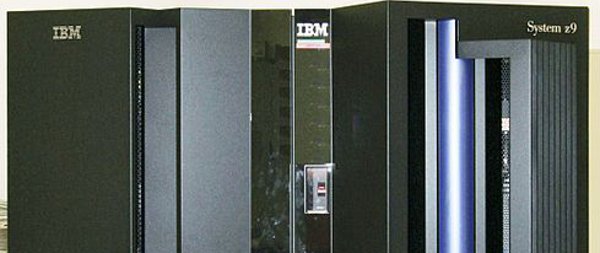
IBM’s mainframe is celebrating 50 years since its invention today.
The System 360 mainframe was revealed on April 7, 1964, and became the next-generation computer for the workplace, taking IBM’s revenue from $3.6bn in 1965 to $8.3bn just six years later.
The technology replaced incompatible lines of computing that IBM produced at the time. Software the tech giant designed for one computer would not work on another, while each computer’s operating system had to be built from scratch.

Courtesy of IBM – the System 360 in action
IBM’s mainframes are credited with supporting ‘big information’ systems such as ATMs and flight reservations that became commonly used in daily life, and worked especially well performing small transactions, of use to banking customers.
The System 360 proved one of IBM’s biggest successes – 70% of mainframes sold throughout the 1970s were made by the company – and served industries from finance to science, meaning IBM fulfilled its goal of producing a ‘family’ of computers that could be used for a variety of purposes.
Despite the rise of cloud, computing, the mainframe continues to drive many businesses today, although Compuware recently slammed banks’ reliance on the technology, claiming the outdated equipment is not able to keep up with the number of mobile transactions today.
Read our exclusive E-zine and discover more about System Z…the platform for the modern world here.






